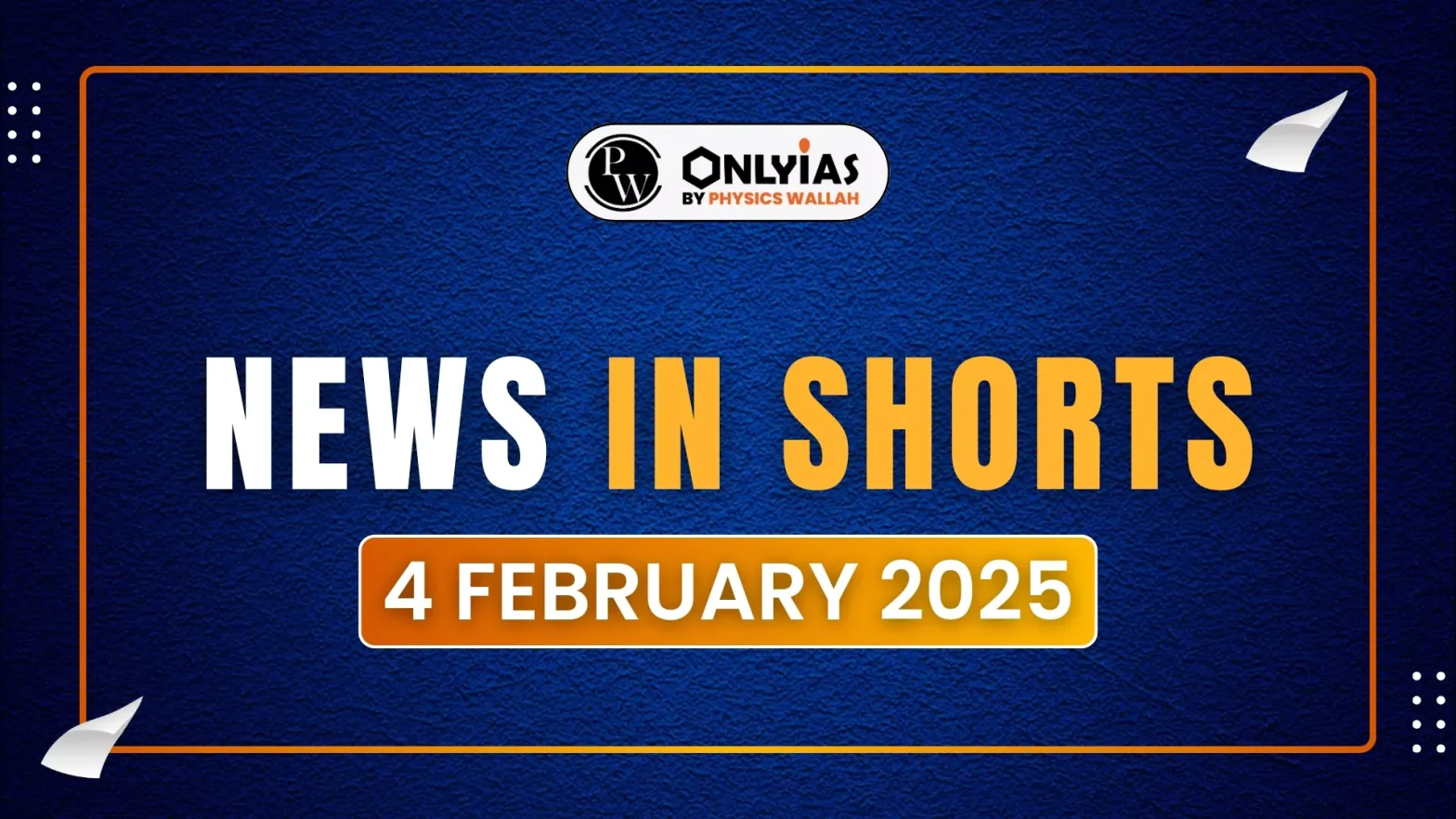Very Short-Range Air Defence System (VSHORADS)
Context: The Defence Research and Development Organisation (DRDO) successfully conducted three successive flight trials of VSHORADS from Chandipur, off the coast of Odisha.
About VSHORADS
- VSHORADS is a short-range, lightweight, and portable surface-to-air missile system.
- It can be fired by individuals or small groups to destroy enemy aircraft or helicopters.
- Development: Indigenously developed by the Research Centre Imarat (RCI), Hyderabad, in collaboration with other DRDO laboratories.
- Range & Capabilities: Propelled by a dual-thrust solid motor, making it effective for neutralizing low-altitude aerial threats at short ranges.
- Maximum range of 8 kilometres.
- Can engage targets at altitudes of up to 4.5 km.
- Strategic Importance: Portability and rapid deployment capabilities make it a crucial asset for strengthening India’s air defence.
- Can be used by all three branches of the Indian Armed Forces i.e. Army, Navy, and Air Force.
- Key Technologies Integrated
- Miniaturized Reaction Control System (RCS): A small but powerful technology used to steer and stabilize missiles, spacecraft, and high-speed objects during flight.
- Consists of tiny thrusters or jet nozzles that help control the missile’s movement in mid-air.
- Integrated Avionics: Incorporates advanced electronics for precision targeting and enhanced performance.
Enroll now for UPSC Online Course
Bharatiya Bhasha Pustak Scheme
Context: Recently, The Bharatiya Bhasha Pustak Scheme was introduced by the Finance Minister in the Union Budget 2025-26.
About Bharatiya Bhasha Pustak Scheme
- It is part of the government’s broader effort to integrate technology into education while promoting linguistic diversity.
- Nodal Ministry: Ministry of Education
- Objective: To make learning more accessible by providing digital textbooks and study materials in multiple Indian languages.
- The scheme complements the ASMITA initiative, which focuses on developing 22,000 books in 22 Indian languages over the next five year
- Launched in July 2024 by the Ministry of Education and University Grants Commission (UGC).
- The UGC and the Bharatiya Bhasha Samiti (under the Ministry of Education) are working together on translation and academic writing in Indian languages.
- Key Features of the Bharatiya Bhasha Pustak Scheme
- Access to Digital Textbooks: Students in schools and universities can avail textbooks and other learning materials in digital formats.
- Focus on Regional Languages: The initiative ensures that students from diverse linguistic backgrounds receive educational resources in their mother tongue.
- Bridging Educational Gaps: It aims to reduce disparities in access to quality educational resources for students from different linguistic communities.
Deep Ocean Mission
Context: The Deep Ocean Mission’s allocation has been increased by Rs 600 crore in the 2025 Union budget.
- The Deep Ocean Mission has been allocated Rs 3649.81 crore in the Union Budget as against Rs 3064.80 crore in 2024.
Check Out UPSC Modules From PW Store
About the Deep Ocean Mission
- The Deep Ocean Mission is a multi-disciplinary program to explore the deep ocean and develop technologies to use its resources to support the Blue Economy Initiatives of the Government of India.
- Nodal Ministry: Ministry of Earth Sciences (MoES)
- Components:
- Samudrayaan: It is a manned submersible, which will be developed to carry 3 people to a depth of 6000 metres in the ocean with suite of scientific sensors and tools.
- Developed By: The Samudrayaan vehicle will be developed by the National Institute of Ocean Technology (NIOT)
- An Integrated Mining System: It will be developed for mining Polymetallic Nodules from 6000 m depth in the central Indian Ocean paving way for its commercial exploitation
- It will help the Blue Economy priority area of exploring and harnessing of deep-sea minerals and energy
- Ocean Climate Change Advisory Services Models: It will provide future projections of important climate variables on seasonal to decadal time scales supporting the Blue Economy priority area of coastal tourism.
- Conservation: Bio- prospecting of deep-sea flora and fauna including microbes and studies on sustainable utilization of deep sea bio-resources will be the main focus.
- This component will support the Blue Economy priority area of Marine Fisheries and allied services.
- Deep Ocean Survey and Exploration: To explore and identify potential sites of multi-metal hydrothermal sulphides mineralization along the Indian Ocean mid-oceanic ridges.
- Harness Ocean Energy: Studies and detailed engineering design for offshore Ocean Thermal Energy Conversion (OTEC) powered desalination plants are envisaged.
- It will support the Blue Economy priority area of off-shore energy development.
- Advanced Marine Station for Ocean Biology: To translate research capacity into industrial application and product development in ocean biology and engineering through on-site business incubator facilities
- It will support the Blue Economy priority area of Marine Biology, Blue trade and Blue manufacturing.
Ready to boost your UPSC 2025 preparation? Join PW’s UPSC online courses today!
![]() 4 Feb 2025
4 Feb 2025

